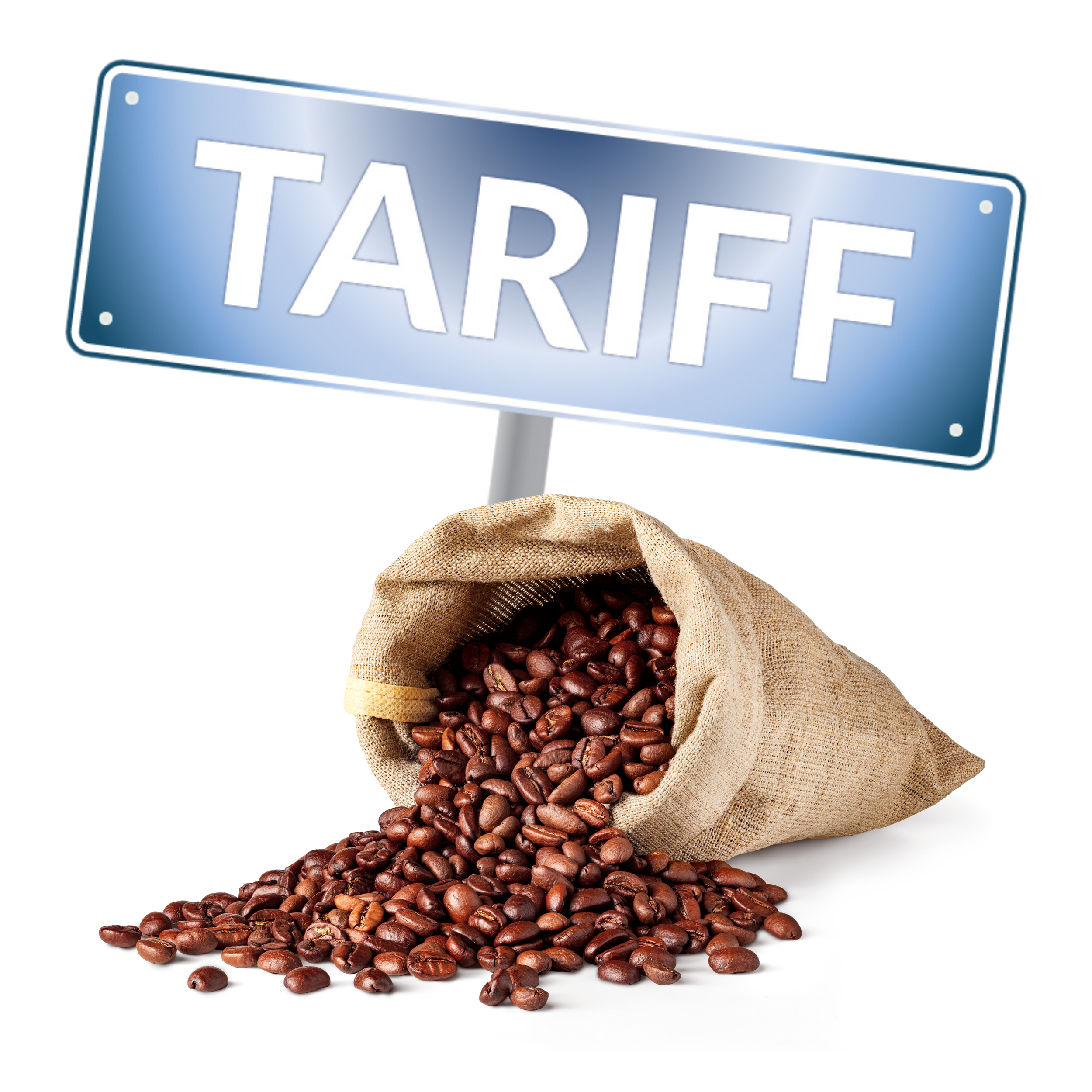The Impact of Tariffs on Coffee Prices in the United States
Is my coffee going to get even more expensive?
For coffee lovers and industry professionals alike, the topic of tariffs on coffee imports can raise concerns about rising costs. However, the reality is more nuanced. While tariffs are often associated with increased prices, green (unroasted) coffee generally enters the United States duty-free. This article explores the broader impact of tariffs on consumers and roasters, dispels common myths, and examines historical trends that have influenced coffee pricing.
Are There Tariffs on Green Coffee?
One of the most important facts to understand is that the United States does not impose import tariffs on green coffee beans. Since coffee is not grown in the U.S. on a commercial scale, there is no need for tariff protections to support domestic producers. The Harmonized Tariff Schedule (HTS) classifies unroasted coffee as duty-free, ensuring a relatively open market for importers.
However, certain trade policies and economic factors can still impact the price of imported coffee. Sanctions, trade disputes, and broader economic trends can lead to price fluctuations, even in the absence of direct tariffs on green coffee.
When Do Tariffs Apply to Coffee?
While green coffee is tariff-free, processed coffee products—such as roasted coffee, flavored coffee, and instant coffee sourced from outside the US - may be subject to import duties. These tariffs exist because processing adds value to the product, creating potential competition with domestic roasters and manufacturers. The tariff rates on these value-added products vary based on country of origin and trade agreements.
Historical Trends and Indirect Factors
Although green coffee itself is not subject to tariffs, the coffee industry has experienced significant price volatility due to other economic and policy-related factors:
The Coffee Crisis of 1989: The collapse of the International Coffee Agreement (ICA), which had previously regulated coffee prices through export quotas, led to severe price instability. While this was not a tariff-related issue, it highlights how external factors can dramatically affect coffee costs.
Trade Wars and Retaliatory Tariffs: While coffee has largely escaped direct tariffs, broader trade disputes—such as those between the U.S. and China—can impact supply chains, increasing costs for transportation, equipment, and materials used in the coffee industry.
Supply Chain Disruptions: The COVID-19 pandemic and global shipping crises have contributed to rising coffee prices, not because of tariffs, but due to increased freight costs, labor shortages, and other logistical challenges.
The Impact of Weather on Coffee Prices
Weather conditions play a significant role in coffee production, directly impacting supply and prices. Coffee crops are particularly sensitive to temperature fluctuations, droughts, and excessive rainfall. Here are a few key examples:
Brazil’s Frosts and Droughts (2021-2022): Brazil, the world’s largest coffee producer, experienced severe frosts followed by a prolonged drought, drastically reducing coffee yields. This led to a spike in global coffee prices due to concerns over supply shortages.
Hurricanes in Central America: In 2020, Hurricanes Eta and Iota devastated coffee-growing regions in Honduras, Guatemala, and Nicaragua. The destruction of crops and infrastructure disrupted exports, further tightening supply chains and increasing prices.
Rising Temperatures and Changing Climate Patterns: Climate change is altering the regions suitable for coffee cultivation. In Colombia and Ethiopia, rising temperatures have led to unpredictable flowering and harvesting cycles, making coffee production less stable and more costly.
Dispelling Myths About Tariffs and Coffee Prices
Given the complexity of global trade, it’s easy for misconceptions to arise. Some believe that tariffs are a major driver of rising coffee prices, but in reality, other factors—such as supply chain disruptions, weather conditions affecting coffee crops, and fluctuations in global demand—play a much larger role.
For roasters and consumers, understanding these distinctions is crucial. While tariffs on green coffee are not a concern, keeping an eye on other economic forces can help businesses and coffee lovers anticipate price changes and make informed purchasing decisions.
Conclusion
While tariffs are not typically applied to green coffee imported to the U.S., they can have an indirect impact on the end price to the consumer. Furthermore, other economic and geopolitical factors—such as supply chain disruptions, trade agreements, and global coffee production trends—can have a much greater impact. By separating fact from fiction, we can have a clearer understanding of what truly drives coffee prices and how roasters and consumers can navigate these changes.
Sources: 1. Harmonized Tariff Schedule of the United States, subheading 0901.11.00 and 0901.21.00, 2. U.S. Customs and Border Protection, 3. Coffee Prices are Rising, despite Trump’s Cancelled Tariff on Colombia, CNN


